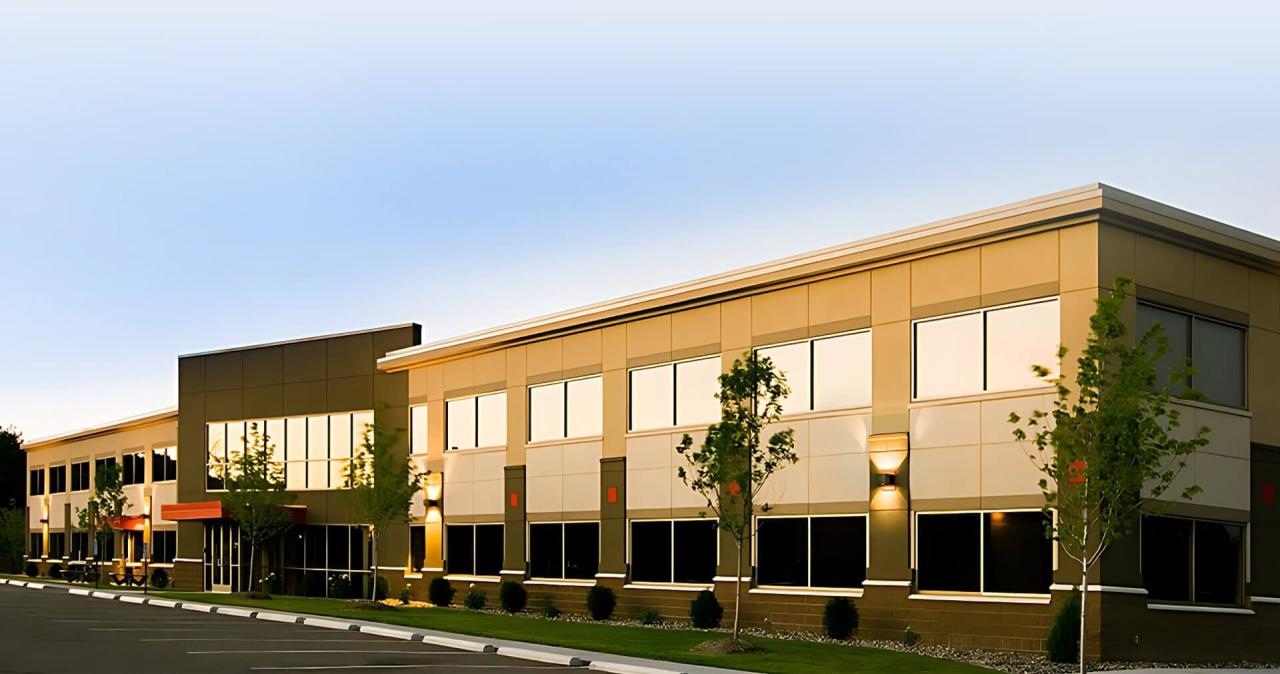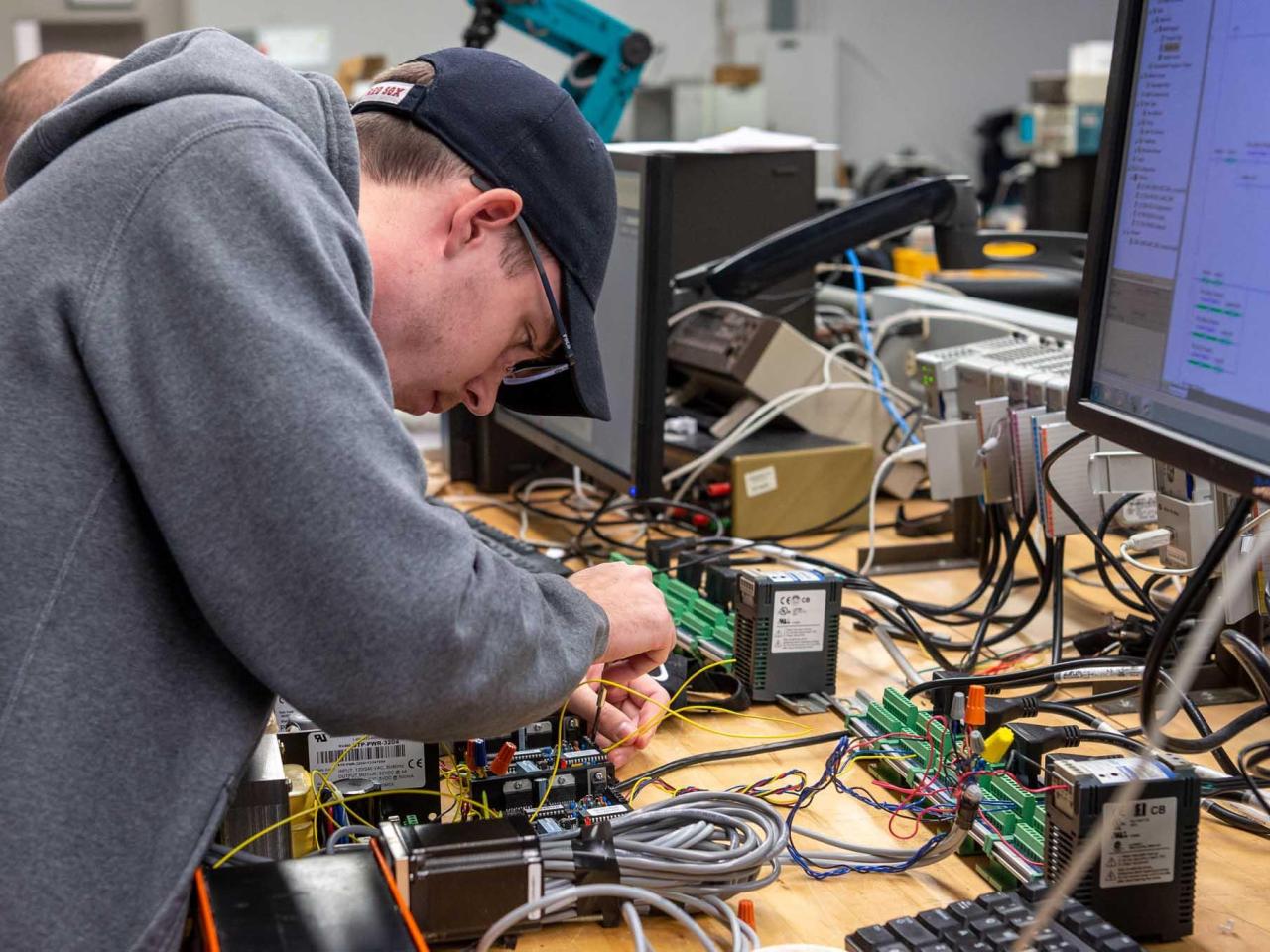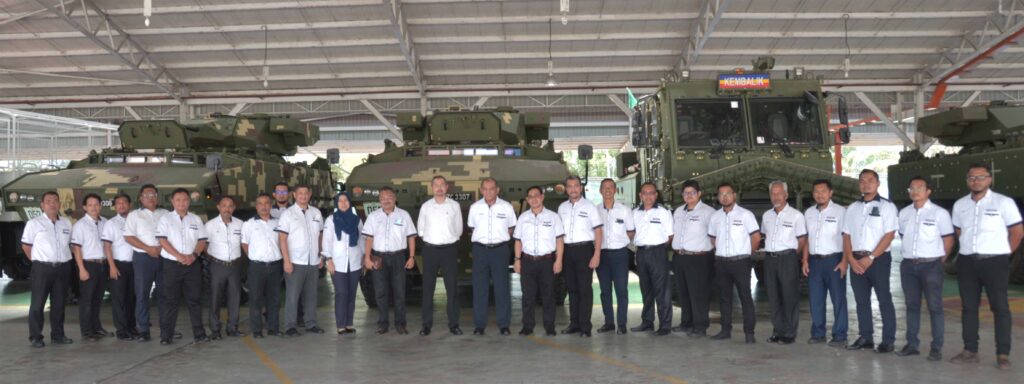Electronics & Computer Technology: A Journey Through Innovation
Electronics & computer technology have revolutionized our world, shaping the way we live, work, and communicate. From the invention of the vacuum tube to the development of smartphones, these fields […]
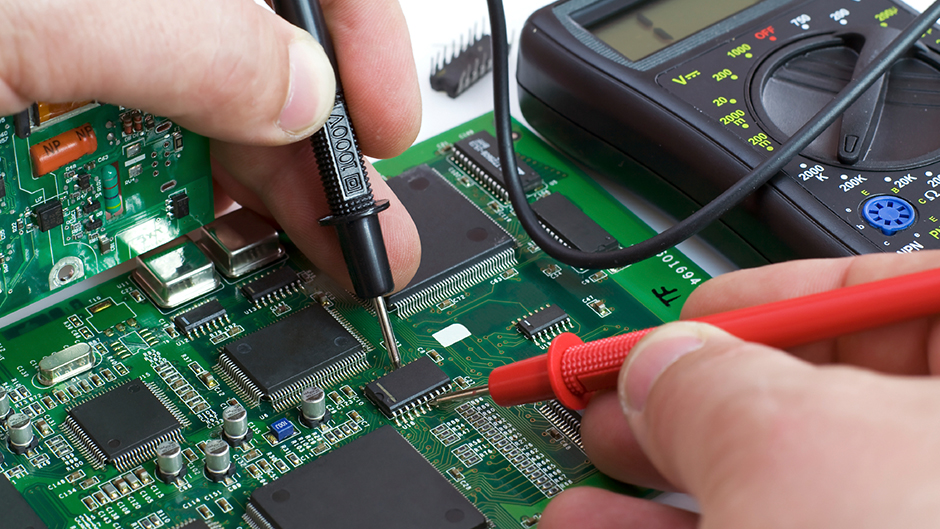
Electronics & computer technology have revolutionized our world, shaping the way we live, work, and communicate. From the invention of the vacuum tube to the development of smartphones, these fields have witnessed an incredible evolution, leading to advancements that have profoundly impacted society.
This journey explores the history, fundamental principles, and diverse applications of electronics and computer technology, delving into the key components that power our digital age. We will examine the impact of these technologies on various industries, explore emerging trends, and address the ethical considerations that arise from their use.
Key Components & Concepts

Electronics and computer technology are intertwined fields, each built upon fundamental principles and components. Understanding these concepts is crucial for comprehending the inner workings of electronic devices and computer systems.
Basic Principles of Electronics
Electronics revolves around the flow of electrical current through circuits. This flow is governed by three key concepts: current, voltage, and resistance.
- Current is the flow of electrical charge through a conductor. It is measured in amperes (A).
- Voltage is the electrical potential difference between two points in a circuit. It is measured in volts (V).
- Resistance is the opposition to the flow of current. It is measured in ohms (Ω).
These concepts are interconnected by Ohm’s Law:
Voltage (V) = Current (I) × Resistance (R)
. This law states that the voltage across a conductor is directly proportional to the current flowing through it and the resistance of the conductor.
Electronic Components, Electronics & computer technology
Electronic components are the building blocks of electronic circuits. Each component has a specific function and contributes to the overall operation of the circuit.
- Resistors are passive components that limit the flow of current. They are used to control voltage levels, divide currents, and create specific time constants in circuits.
- Capacitors are passive components that store electrical energy in an electric field. They are used to filter out unwanted frequencies, smooth out voltage fluctuations, and store energy for later use.
- Transistors are active components that act as electronic switches or amplifiers. They are used to control the flow of current in circuits, amplify signals, and perform complex logic operations.
- Diodes are passive components that allow current to flow in only one direction. They are used to rectify alternating current (AC) into direct current (DC), protect circuits from reverse voltage, and create logic gates.
Computer Architecture
A computer system is composed of various interconnected components that work together to process information. The core components of a computer system are the CPU, memory, storage, and input/output devices.
- CPU (Central Processing Unit) is the brain of the computer, responsible for executing instructions and performing calculations. It consists of the arithmetic logic unit (ALU) and the control unit.
- Memory is used to store data and instructions that the CPU needs to access quickly. It is typically volatile, meaning that data is lost when the power is turned off. There are two main types of memory: RAM (Random Access Memory) and ROM (Read-Only Memory).
- Storage is used to store data permanently, even when the power is off. Examples include hard disk drives (HDDs), solid-state drives (SSDs), and optical drives.
- Input/Output Devices are used to interact with the computer system. Input devices allow users to enter data into the computer, while output devices display information to the user. Examples include keyboards, mice, monitors, and printers.
Applications of Electronics & Computer Technology

Electronics and computer technology have permeated virtually every aspect of modern life, revolutionizing industries, enhancing communication, and shaping the way we live, work, and interact with the world around us. Their applications are vast and continue to expand at an astonishing pace, driven by ongoing advancements in miniaturization, processing power, and connectivity.
Applications in Various Industries
Electronics and computer technology have transformed numerous industries, driving efficiency, innovation, and new possibilities. The following table highlights some key applications across diverse sectors:
| Industry | Applications |
|---|---|
| Healthcare | Medical imaging (X-rays, CT scans, MRI), patient monitoring systems, electronic health records, telemedicine, robotic surgery |
| Transportation | Autonomous vehicles, advanced navigation systems, traffic management systems, flight control systems, vehicle diagnostics |
| Communication | Mobile phones, internet, social media, video conferencing, cloud computing, satellite communication |
| Manufacturing | Industrial automation, robotics, computer-aided design (CAD), computer-aided manufacturing (CAM), quality control systems |
| Finance | Online banking, electronic payment systems, stock trading platforms, financial modeling, risk management systems |
| Education | E-learning platforms, online courses, virtual reality (VR) simulations, educational software, digital libraries |
Computer Technology in Daily Life
Computer technology has become an integral part of our daily lives, influencing how we work, learn, entertain ourselves, and manage our finances. The following flowchart illustrates the interconnectedness of computer technology in various aspects of our lives:
[Flowchart Description]
– Start: Everyday Activities
– Branch 1: Entertainment
– Video games
– Streaming services
– Social media
– Branch 2: Education
– Online courses
– Research
– Digital libraries
– Branch 3: Finance
– Online banking
– Mobile payments
– Investment platforms
– Branch 4: Communication
– Messaging apps
– Video conferencing
– Branch 5: Work
– Productivity software
– Cloud storage
– Remote collaboration tools
– End: Enhanced Quality of Life
Impact on Global Communication and Information Sharing
Electronics and computer technology have revolutionized global communication and information sharing, breaking down geographical barriers and fostering interconnectedness. The internet, in particular, has become a ubiquitous platform for sharing ideas, knowledge, and cultural experiences.
[Impact Description]
– Increased accessibility: The internet provides access to vast amounts of information from around the world, empowering individuals to learn and share knowledge.
– Enhanced connectivity: Social media platforms and instant messaging apps have facilitated real-time communication across borders, connecting people in ways never before possible.
– Global collaboration: Online platforms enable collaboration on projects and research, fostering international partnerships and driving innovation.
– Digital diplomacy: Governments and organizations utilize online platforms to communicate with citizens, engage in diplomacy, and share information.
Future Trends in Electronics & Computer Technology
The field of electronics and computer technology is constantly evolving, with new innovations emerging at a rapid pace. These advancements are driven by the relentless pursuit of greater processing power, improved storage capacity, and enhanced user experiences. This section delves into the exciting future trends shaping the landscape of electronics and computer technology.
Emerging Technologies
The emergence of cutting-edge technologies like quantum computing, artificial intelligence (AI), and the Internet of Things (IoT) is transforming the way we interact with technology and shaping the future of various industries.
- Quantum Computing: This technology harnesses the principles of quantum mechanics to perform computations at a scale far exceeding traditional computers. Quantum computers have the potential to revolutionize fields like drug discovery, materials science, and financial modeling. For instance, quantum algorithms could significantly accelerate the development of new drugs by simulating complex molecular interactions, leading to faster and more efficient drug discovery processes.
- Artificial Intelligence (AI): AI is rapidly advancing, with applications ranging from self-driving cars to personalized healthcare. Machine learning algorithms are being used to analyze vast datasets, identify patterns, and make predictions. AI-powered systems are automating tasks, improving efficiency, and enhancing decision-making across various industries. For example, AI-powered chatbots are revolutionizing customer service by providing instant responses and personalized support, while AI-driven fraud detection systems are safeguarding financial transactions.
- Internet of Things (IoT): The IoT refers to the interconnected network of devices, sensors, and appliances that collect and exchange data. This technology enables seamless communication and automation, leading to smarter homes, cities, and industries. Smart homes equipped with IoT devices can optimize energy consumption, enhance security, and provide personalized comfort. In healthcare, IoT sensors can monitor patient vital signs remotely, enabling proactive interventions and improving patient outcomes.
Impact on Society and Industries
The advancements in electronics and computer technology are having a profound impact on society and various industries.
- Healthcare: AI-powered diagnostics, personalized medicine, and remote patient monitoring are transforming healthcare. AI algorithms can analyze medical images, detect diseases early, and recommend personalized treatment plans. Wearable devices and remote monitoring systems are empowering patients to take an active role in managing their health.
- Manufacturing: Automation, robotics, and data analytics are driving efficiency and productivity in manufacturing. Robots are performing repetitive tasks, freeing up human workers for more complex roles. Data analytics is used to optimize production processes, reduce waste, and improve quality control.
- Transportation: Self-driving cars, advanced traffic management systems, and connected vehicles are revolutionizing transportation. Autonomous vehicles have the potential to improve road safety, reduce congestion, and enhance accessibility for people with disabilities.
- Education: Online learning platforms, personalized learning tools, and virtual reality (VR) applications are transforming education. AI-powered tutors provide personalized learning experiences, while VR simulations offer immersive and interactive learning environments.
- Finance: AI-powered financial services, fraud detection systems, and algorithmic trading are revolutionizing the financial industry. AI algorithms can analyze financial data, identify investment opportunities, and automate financial transactions.
Future Development of Computer Technology
The future of computer technology is filled with exciting possibilities. Advancements in processing power, storage capacity, and user interfaces will continue to drive innovation and shape the way we interact with technology.
- Processing Power: Moore’s Law, which states that the number of transistors on a microchip doubles approximately every two years, has driven exponential growth in processing power. This trend is expected to continue, leading to even more powerful and efficient computers. For example, the development of neuromorphic computing, inspired by the structure and function of the human brain, promises to significantly enhance processing capabilities.
- Storage Capacity: As the amount of data we generate continues to grow exponentially, the need for larger and faster storage solutions is paramount. Advancements in storage technologies, such as flash memory and cloud storage, are addressing this need. For example, the emergence of quantum storage has the potential to revolutionize data storage by enabling the storage of vast amounts of information in a compact and efficient manner.
- User Interfaces: User interfaces are constantly evolving to become more intuitive and user-friendly. Advancements in natural language processing, voice recognition, and augmented reality (AR) are creating new ways to interact with computers. For example, AR-powered interfaces can overlay digital information onto the real world, providing immersive and interactive experiences.
Outcome Summary
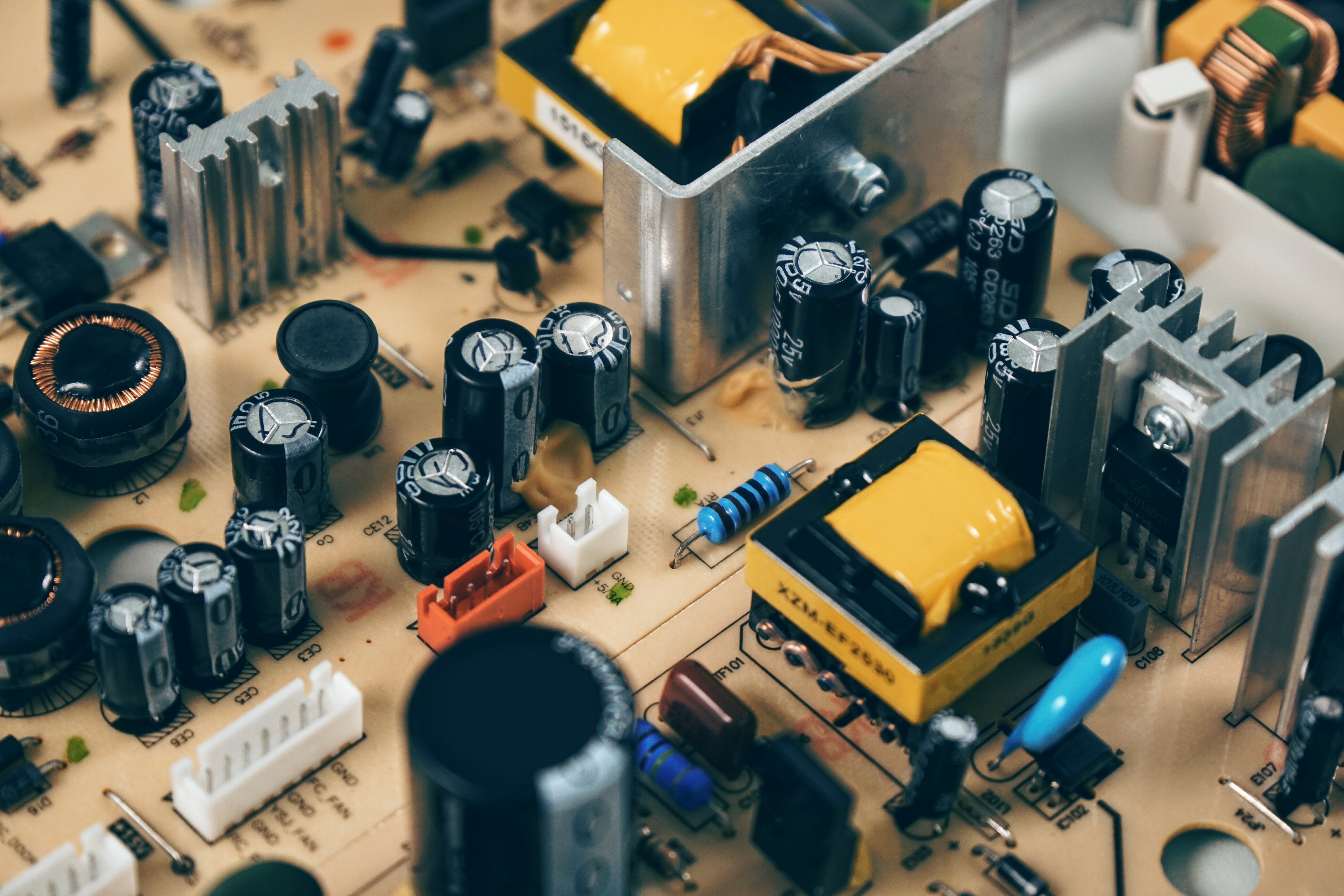
As we stand on the precipice of a future defined by quantum computing, artificial intelligence, and the Internet of Things, the influence of electronics and computer technology will only continue to grow. It is crucial to embrace responsible development and usage of these technologies, ensuring that they serve as forces for good and contribute to a brighter future for all.
The advancement of electronics and computer technology has revolutionized various fields, including healthcare. This is evident in the evolution of dental implant technology, where sophisticated software and imaging systems play a crucial role. For instance, dental implant technology in Philadelphia utilizes advanced computer-aided design and manufacturing (CAD/CAM) techniques for precise implant placement and restoration.
This integration of electronics and computer technology in dentistry continues to push the boundaries of dental care, providing patients with more comfortable and effective treatment options.
